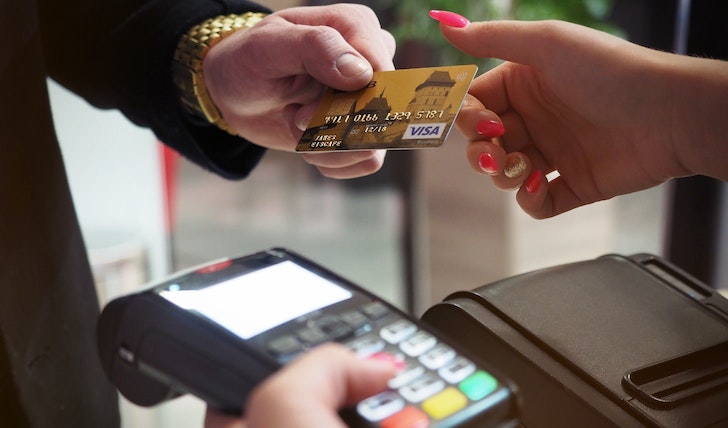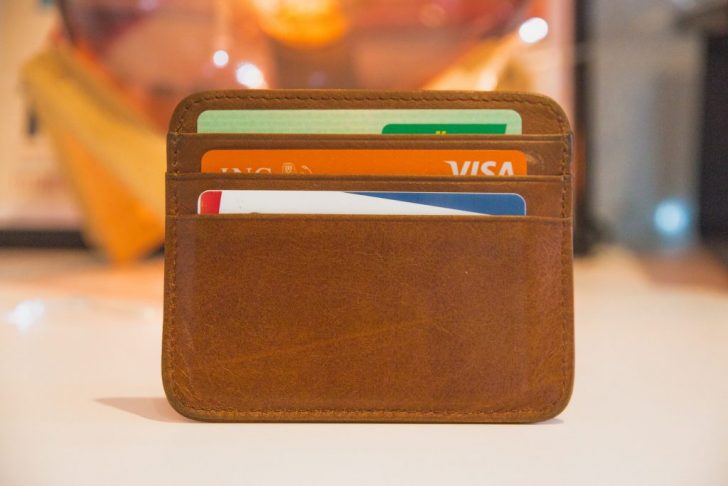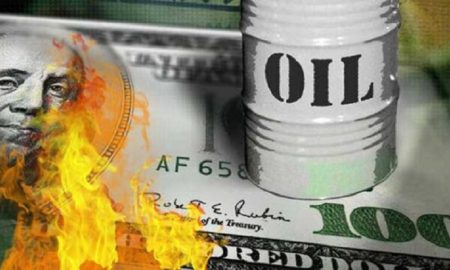
U.S. Credit Card Debt Exceeds $1 Trillion for the First Time in History

The average American consumer carries a credit card balance of approximately $6,000. That is a large sum of credit card debt considering that credit card interest rates are usually higher than other types of consumer debt, such as personal loans, car loans, and mortgages.
This daunting credit card debt statistics has become even more concerning as the Federal Reserve announced that credit card debt in the U.S. has surpassed the $1 trillion mark for the first time ever.

Energy Pic / Pexels / For the first time in history, credit card debt in the U.S. goes beyond $1 trillion.
As a responsible consumer, it is crucial to have a clear understanding of how credit card debt works, the pros and cons of using credit cards, and strategies to manage credit card debt. Now, let’s go ahead and unpack the elephant in the room and provide you with useful insights on how to handle credit card debt.
What Is Credit Card Debt and How Does It Work?
Credit card debt is any sum of money owed to a credit card issuer after making purchases with the credit card. This can include the principal amount borrowed plus interest and any other charges levied by the issuer. Every time you use your credit card, you are borrowing money from the credit issuer, and you must pay back that amount with interest charged on top.
Many people carry a balance on their credit cards. This means they owe part or all of the amount borrowed plus interest. It is imperative to understand credit card debt and how it works to make informed spending decisions.

Mikhail / Pexels / Every time you buy something using your credit card, you are bowing from the card issuer WITH Interest.
Pros and Cons of Using Credit Cards
Credit cards can be an excellent tool for managing your finances, but they can also have their downsides. One significant advantage of using credit cards is that they offer rewards, cash-back programs, and other perks. Credit cards help protect you from fraud and can serve as a link between you and a retailer to solve disputes.
However, the disadvantages of using credit cards are that any unpaid balances accrue interest. Something that can lead to a significant amount of debt if left unattended. It is worth noting that credit cards also have numerous fees, such as balance transfer fees, late payment fees, and cash advances, among others.
Strategies to Manage Credit Card Debt
Suppose you find yourself swimming in credit card debt and struggling to make payments. In that case, some strategies can help you build up an emergency fund, pay down your balances, and reduce your debt-to-income ratio.

Stephen / Unsplash / To overcome credit card debts, pay down your balances and live within your means.
So, one proven strategy is the snowball method, where you start by paying off the smallest balance. Thus, allowing you to gain momentum, and eventually pay off the larger debt amounts.
Another technique that can help you pay down your credit card debt is prioritizing your purchases and making payments above the minimum amount due. Thus, it is essential to have a plan and use financial tools effectively to manage your credit card debt.
More inFinancial Advisory
-
How Blue Zone Living Can Help You Live a Happier & Healthier Life
Have you ever dreamt of living a life that is not just longer but richer in health and happiness? Well, get...
March 4, 2024 -
Why Financial Advisors Need to Be More Flexible & Adaptable
Today, the call for financial advisors to embrace flexibility and adaptability has been louder than ever before. Gone are the days...
February 29, 2024 -
Looking to Invest Like Warren Buffett? Try Public Storage (NYSE: PSA)
When it comes to investment strategies, few names are as revered as Warren Buffett’s. The Oracle of Omaha is known for...
February 20, 2024 -
Everything You Need to Know About Reverse Mortgages
Imagine if your home, your cozy refuge from the world, could also be your golden goose. No, it won’t start laying...
February 13, 2024 -
Living With Less and Loving More: A Modern Woman’s Guide to Minimalism
In a world overflowing with choices, where trends scream for attention and “more” seems to be the mantra, the allure of...
February 6, 2024 -
Long-term Investment Thrives Despite Unpredictable Stock Market Fluctuations
The journey of the stock market is akin to navigating through a constantly changing seascape. From the highs of early 2022...
January 31, 2024 -
Can Big Tech Reverse the Stock Market Downtrend?
Big tech stocks have influenced the financial markets over the past week. Nvidia spearheaded this influence with its impressive performance. Despite...
January 24, 2024 -
Buying Your Dream House? Embrace Climate Change as the New Reality
Home buying and selling is undergoing a dramatic transformation, thanks to climate change. This global issue is no longer an abstract...
January 16, 2024 -
How to Keep Your Bread Fresh & Tasty For Long? 6 Creative Ways
Let’s talk about something we all dread – moldy bread. It is not just about the unappetizing look. Mold on bread...
January 10, 2024














You must be logged in to post a comment Login